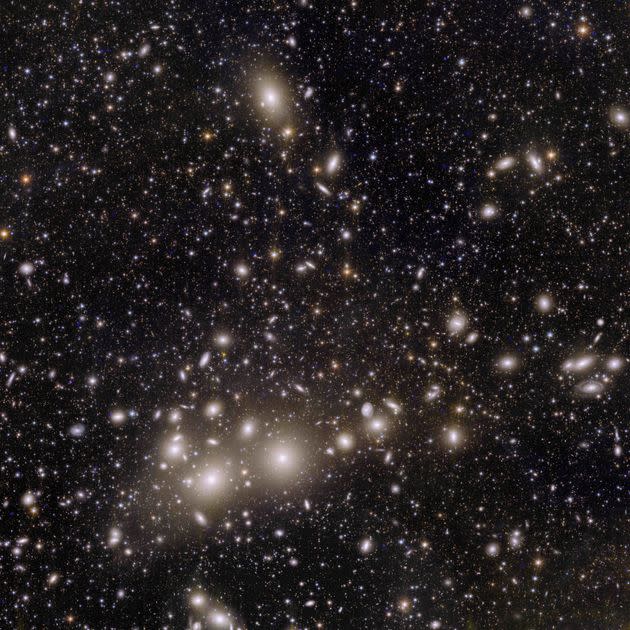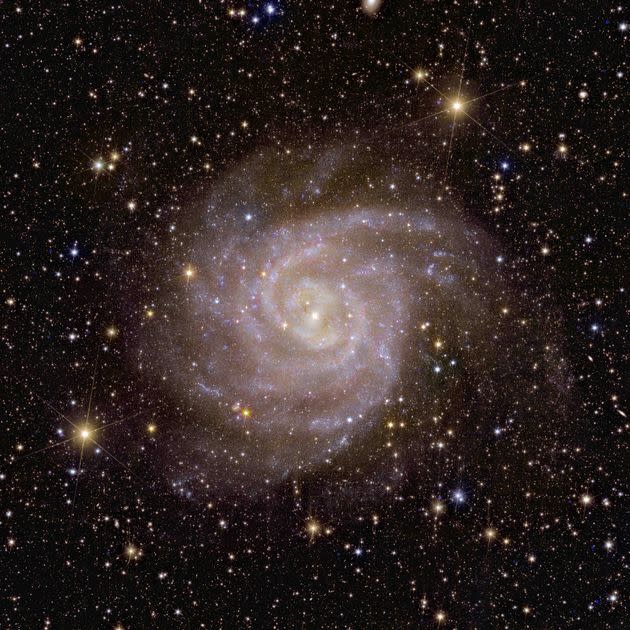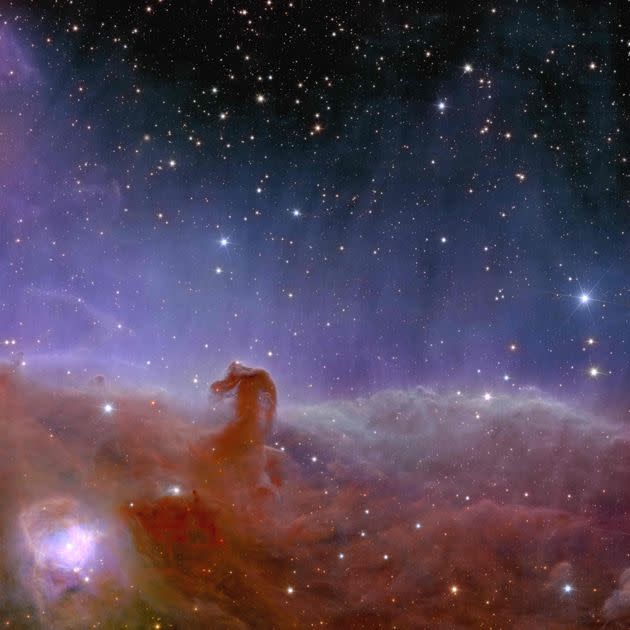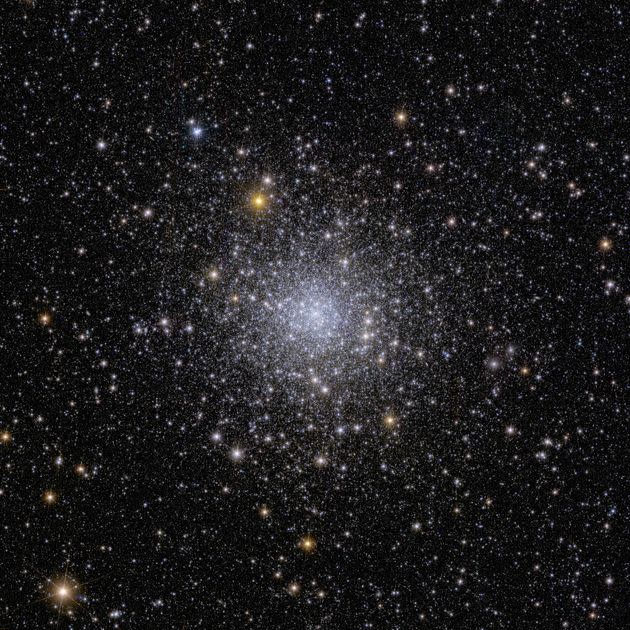New Space Telescope Euclid Beams Back First Razor-Sharp Images
Here’s lookin at you, ’clid.
On Tuesday, the European Space Agency revealed the first images captured by Euclid, a brand-new space telescope on a mission to study dark matter and energy.
The telescope sports much more sensitive sensors than its predecessors, which it uses to capture images across an extremely wide field of view.
The VISible instrument, one of the two instruments aboard, uses an array of 36 detectors to capture the equivalent of nearly 70 4k resolution screens in one capture. The resulting image covers a portion of the night sky equivalent to the area of two-and-a-half full moons seen from Earth.
The VISible instrument collects images in the visible spectrum of light, while the second instrument, a Near-Infrared Spectrometer and Photometer, measures near-infrared light.
Over the next six years, Euclid will use both instruments to assemble a massive cosmic 3D map. Scientists will use that data to tease out a better understanding of how dark matter shapes and influences the universe.
“Dark matter pulls galaxies together and causes them to spin more rapidly than visible matter alone can account for; dark energy is driving the accelerated expansion of the Universe,” explained European Space Agency director of science Carole Mundell in a release.
“Euclid will for the first time allow cosmologists to study these competing dark mysteries together,” she continued.
Here are some of the images, with descriptions from the European Space Agency:
The Perseus Cluster Of Galaxies

The image shows 1000 galaxies belonging to the Perseus Cluster, and more than 100,000 additional galaxies further away in the background, each containing up to hundreds of billions of stars.
“This incredible snapshot from Euclid is a revolution for astronomy,” the ESA writes. “The image shows 1,000 galaxies belonging to the Perseus Cluster, and more than 100,000 additional galaxies further away in the background. Many of these faint galaxies were previously unseen. Some of them are so distant that their light has taken 10 billion years to reach us. By mapping the distribution and shapes of these galaxies, cosmologists will be able to find out more about how dark matter shaped the Universe that we see today.”
Spiral Galaxy IC 342, AKA The “Hidden Galaxy”

The "Hidden Galaxy," also known as IC 342 or Caldwell 5, is difficult to observe because it lies behind the busy disc of our Milky Way, and so dust, gas and stars obscure our view.
“Over its lifetime, our dark Universe detective will image billions of galaxies, revealing the unseen influence that dark matter and dark energy have on them,” the ESA writes of this image. “That’s why it’s fitting that one of the first galaxies that Euclid observed is nicknamed the ‘Hidden Galaxy’, also known as IC 342 or Caldwell 5. Thanks to its infrared view, Euclid has already uncovered crucial information about the stars in this galaxy, which is a look-alike of our Milky Way.”
Irregular Galaxy NGC 6822

This image of the irregular galaxy known as "NGC 6822" shows characteristics of a galaxy in its early development. Unlike the Milky Way, which has a distinct shape, NGC 6822 is irregular and small.
“To create a 3D map of the Universe, Euclid will observe the light from galaxies out to 10 billion light-years,” the ESA writes. “Most galaxies in the early Universe don’t look like the quintessential neat spiral, but are irregular and small. They are the building blocks for bigger galaxies like our own, and we can still find some of these galaxies relatively close to us. This first irregular dwarf galaxy that Euclid observed is called NGC 6822 and is located close by, just 1.6 million light-years from Earth.”
The Horsehead Nebula

Euclid shows us a spectacularly panoramic and detailed view of the Horsehead Nebula, also known as Barnard 33 and part of the constellation Orion. At approximately 1375 light-years away, the Horsehead – visible as a dark cloud shaped like a horse’s head – is the closest giant star-forming region to Earth.
“In Euclid’s new observation of this stellar nursery, scientists hope to find many dim and previously unseen Jupiter-mass planets in their celestial infancy, as well as young brown dwarfs and baby stars,” the ESA writes.
Globular Cluster NGC 6397

This sparkly image shows Euclid’s view on a globular cluster called NGC 6397. Globular clusters are collections of hundreds of thousands of stars held together by gravity and are some of the oldest objects in the Universe.
“This is the second-closest globular cluster to Earth, located about 7800 light-years away,” the ESA writes of the above image. “Globular clusters are collections of hundreds of thousands of stars held together by gravity. Currently no other telescope than Euclid can observe an entire globular cluster in one single observation, and at the same time distinguish so many stars in the cluster.”


